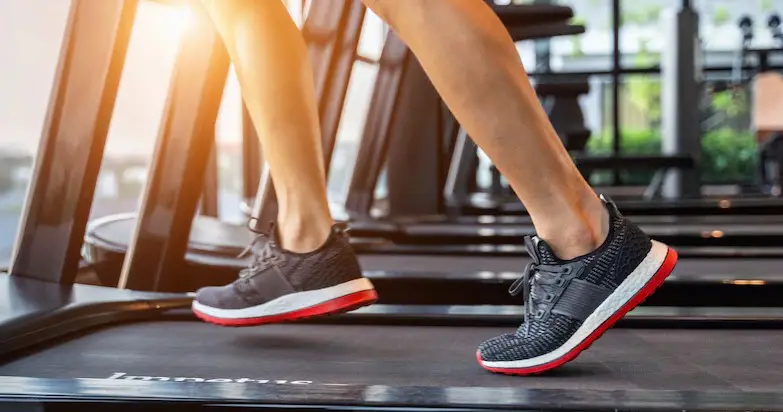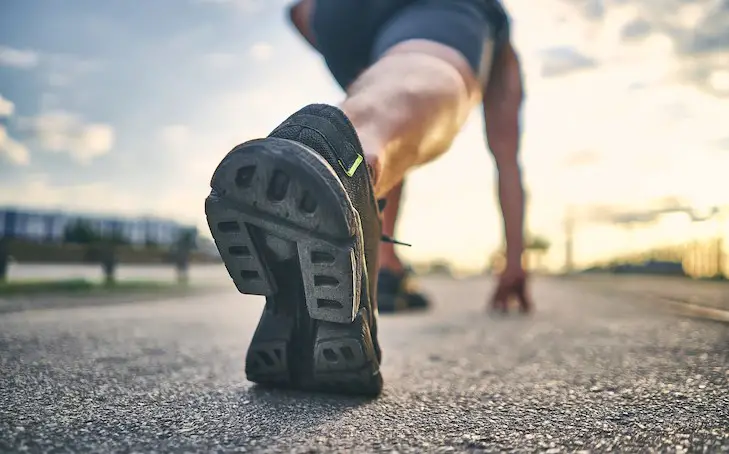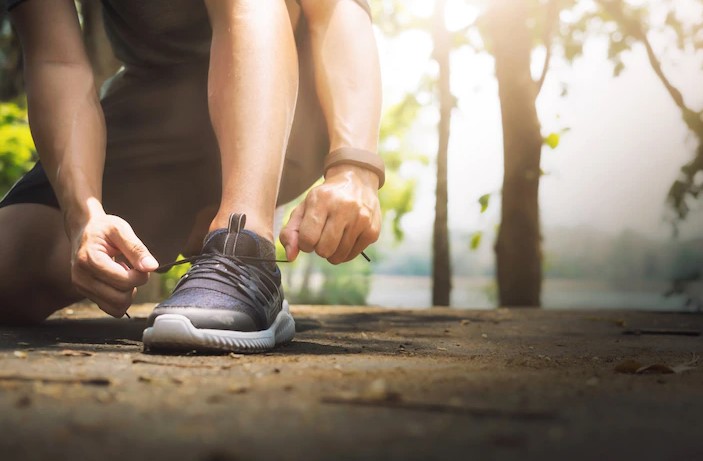There are some differences between the Hoka running shoes and the Brooks shoes. First, these are two different brands and have their specific designs. The brands have been around for quite a long time and are high in the hierarchy of designer shoes. These two brands exhibit distinct features and levels of comfort, courtesy of individual designs.
Suppose you wish to choose the best between Hoka One One and Brooks running shoes; this article expounds more on the differences between the two brands in different dynamics and how to choose a good running shoe.
What Are the Significant Differences Between Hoka and Brooks Running Shoes?

A Comparison table for Hoka One One and Brooks Running Shoes
| Type of Shoe | Durability | Cushion | Stability | Fit | Cost |
| Brooks Running Shoes | Lifespan ranges from 300 to 500 Miles | Uses DNA Loft and BioMoGo DNA cushioning technologies | Employs GuideRails Technology | Wider and have a wider toe-box | Ranges between $100 to $160 |
| Hoka One One Running Shoes | It lasts longer than Brooks running shoes | Uses EVA Foam technology | Uses Meta-Rocker technology | True to size fitting | Ranges between $120 to $250 |
Durability
The life expectancy of those favorite Brook shoes mainly ranges from 300 to 500 miles. It solely comes down to your monthly mileage. It can be three to six months. So the more you use the shoes, the more the expectancy declines.
For Hoka shoes, they last longer than the Brook shoes. This quality will solely come down to the surfaces you step on with the boots or just how the design is.
When determining replacing running shoes, it will come down to your gait, weight, or whether you run mostly on-road or on a typical trail.
Fit
The brooks shoes are more comprehensive and have a wider toe box. It makes them an excellent choice for runners that have wide feet. Therefore, if you have broad feet, this is your best choice.
Hoka, on the other hand, are true to size. They are less narrow than Brooks. The brand is considering widening the toe box in the models they will bring in the coming years.
Cushioning

Brooks usually uses two dynamic designs of cushioning. They include the DNA Loft cushioning, which adapts to the profile, stride, and speed. The other type of cushioning it has is the BioMoGo DNA which adjusts to the runner’s shape, stride, and speed, resulting in a more balanced and springy sensation.
Alternatively, Hoka has marshmallow softness. They mostly have three significant cushioning levels. Their cushions provide the perfect landing and excellent stability for takeoff. Also, their newest shoe family has a longer heel that improves heel-to-shoe transition.
Stability
Individual running gaits are referred to as “Run Signatures” by Brooks. Brooks’ technology helps stabilize your stride depending on how you naturally run rather than “fixing” the way you run.
They divide runners into two groups: neutral and supportive.
Brooks Guide Rails technology lets hips, knees, and joints move naturally while providing support. Neutral runners may only need to kick in when their stride is off.
Hoka was built from the ground up with stability in mind. It was a key component of their footwear since it allowed runners to move faster while reducing the chance of injury. That’s why they built a broad, stable platform.
They refer to their heel system as a “bucket seat,” as if it were a race car seat. It cushions the heel and foot without support or guide rails, resulting in a more cushioned midsole.
Affordability
The pricing of the two brands is nearly identical. Brooks shoes range in price from $100 to $160, while Hoka’s start at $120 and go up to $250.
Brooks’ most popular versions are around $150, while Hoks’s are also about $150.
You’ll notice that each brand has a selection due to differences in technology and where the shoes sell most. They understand that a big box store can sell a shoe with fewer features, whereas a local running business must cater to serious runners.
How to Choose the Best Running shoes?

Counter-Heel
When buying running shoes, choose a heel that allows easy ankle movement. You should consider the most critical issue to the movement of your legs and the comfortability you need. So the right shoe is vital for you when choosing them.
Toe box
Choose a toe box that remains out of the way, enabling your foot to freely flex and expand in width and length without binding or chafing your toes. You will be able not to feel un-breathability in your toes. This way, you are left deciding whether you want to keep getting hurt or choose another type of shoes available.
Outsole
Go for materials that provide traction and durability without adding unnecessary weight or stiffness, and a footprint shape that matches yours give the level of stability you seek underfoot.
If the outsole you choose is too heavy, you are left to think whether it is worth it at the end of the day. The shoes will derail how you walk as they are so heavy for your legs to lift.
Upper
Checking out how the upper part of the shoe fits is an essential factor. It is incredible to have an upper that is contoured to fit your foot and is smooth wherever it comes into contact, with no binding or chafing. This way, you are much more comfortable with the shoe.
Always put your comfort first when looking for and choosing a good running shoe.
Cushioning
Check to see if your heel slips and how the cushioning interacts with the bones on the sides of your ankles. If you feel that the back curve irritates your Achilles tendon, you must find another shoe. If you find any irritation, you can always change the shoe and get a shoe that fits right at the end of the day.
Frequently Asked Questions
What Makes Hoka Shoes So Unique?
Hoka shoes include a cushioned midsole that helps to protect your joints by absorbing shock and providing increased comfort. Also, the shoes have Meta-Rocker technology.
For you to propel forward, the Meta-Rocker technology incorporates a low heel-to-toe drop — there is a difference in the height between the heel and the ball of the foot, which is modest and has a rounded sole. This feature always makes it stand out from other available shoes.
Conclusion
Hoka One One and Brooks are reputable brands with exceptional running shoes. Their shoes have numerous technological, cushioning, cost, and durability differences. Determining which brand is better depends on individual runners. Therefore, choose the one that suits your needs, and hit the track.
Reference 1: Hoka vs Brooks – Which Brand is Right for You? – Running Outfitters (therunningoutfitters.com)
Reference 2: Hoka Vs Brooks Running Shoes (2022): Maximal Vs Traditional (runtothefinish.com)

